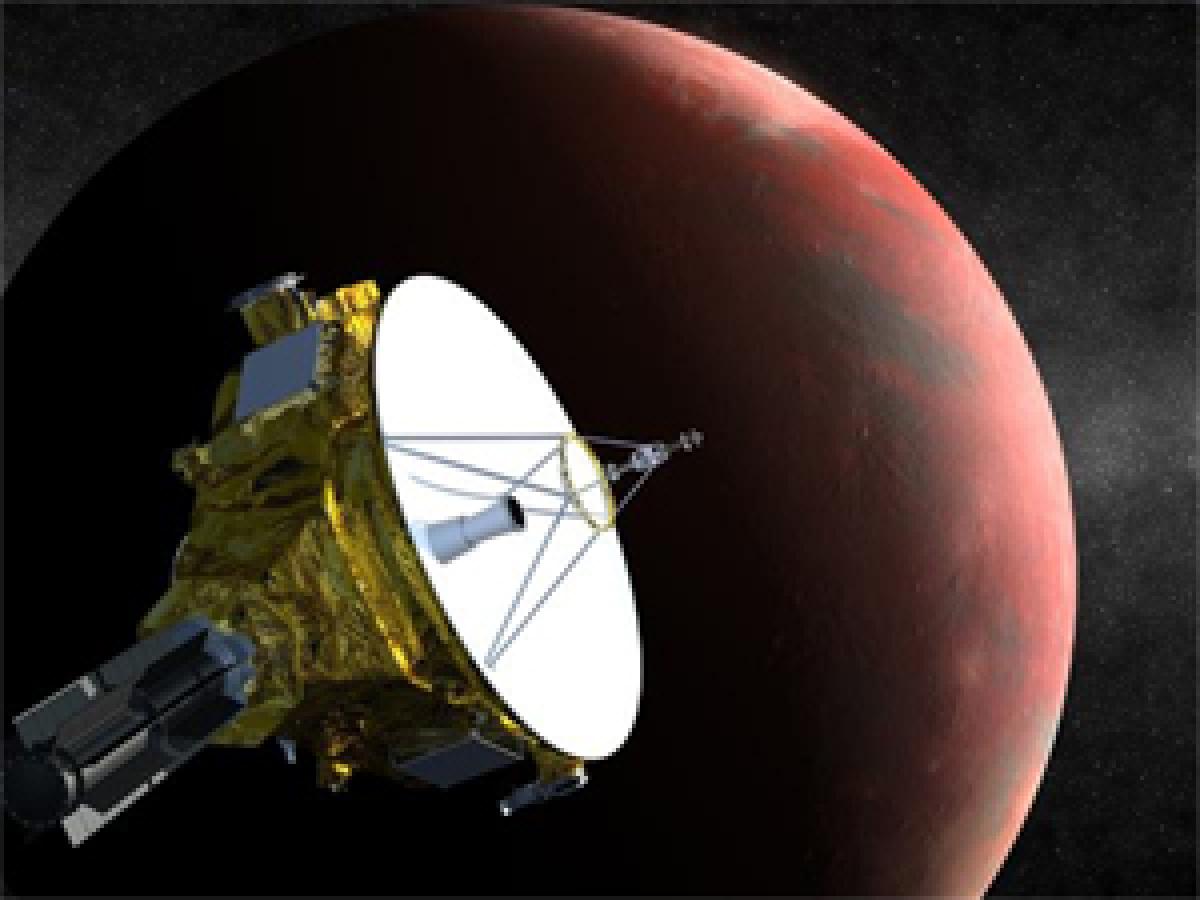Live
- Aditya student bags prize in boxing competition
- Three women drown at swimming pool in resort
- Steel factory dust damaging crops, farmers in distress
- ‘Pushpa 2-The Rule’ Trailer: Allu Arjun's Swag and Fahadh Faasil's Intensity Steal the Show
- It’s time to cleanse your body with Ancient Lung Detox Drinks
- Jyotika Slams Negativity Surrounding Suriya’s ‘Kanguva’
- Indian Stock Market Faces Correction: Nifty, Sensex Hit by Inflation & Weak Earnings | November 2024 Update
- Rishab Shetty’s ‘Kantara: Chapter 1’ Set for Dussehra 2025 Release
- Visually Impaired Comedian Bhavya Shah to Debut in Palaash Muchhal's Upcoming Film
- CGRF to organise a host of conferences





.jpg) Washington: The recent computer glitch that triggered communication breakdown with NASA's New Horizon spacecraft has been rectified and the probe is ready for its epic Pluto flyby next week. The mission is returning to normal science operations after a July 4 anomaly and remains on track for its July 14 fly by of Pluto, NASA said. The investigation into the anomaly that caused New Horizons to enter "safe mode" on July 4 has concluded that no hardware or software fault occurred on the spacecraft.
Washington: The recent computer glitch that triggered communication breakdown with NASA's New Horizon spacecraft has been rectified and the probe is ready for its epic Pluto flyby next week. The mission is returning to normal science operations after a July 4 anomaly and remains on track for its July 14 fly by of Pluto, NASA said. The investigation into the anomaly that caused New Horizons to enter "safe mode" on July 4 has concluded that no hardware or software fault occurred on the spacecraft. 



